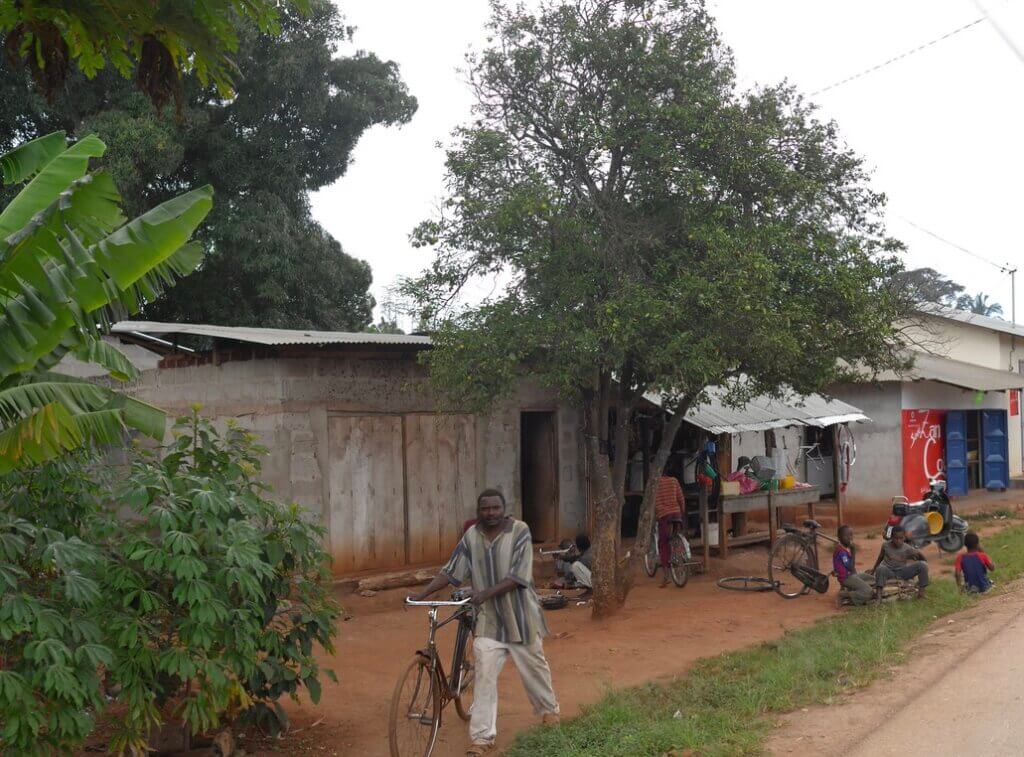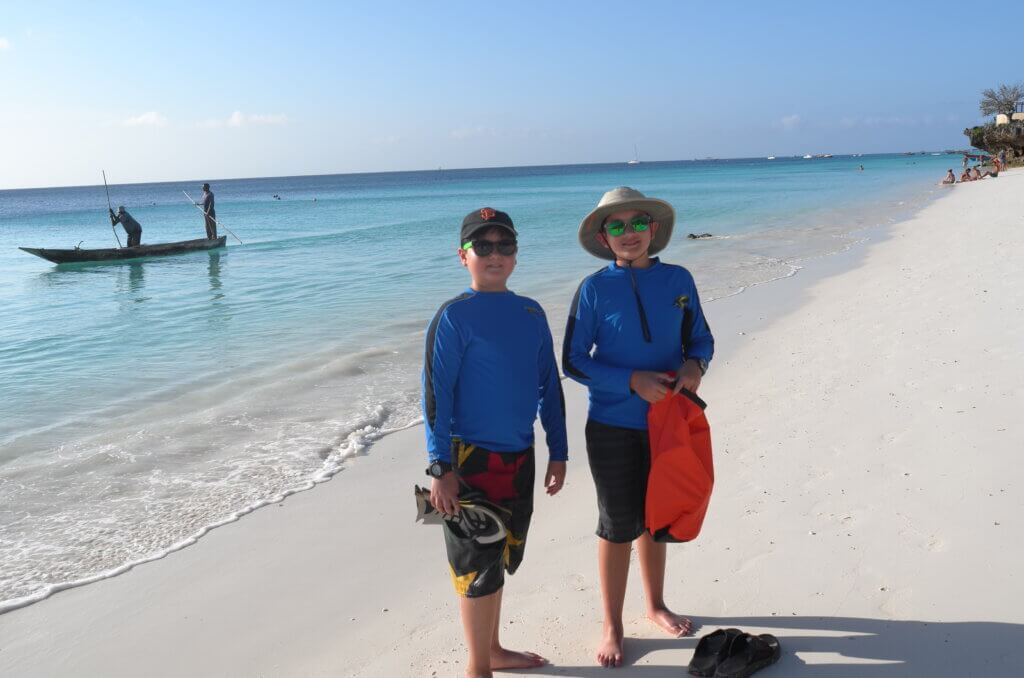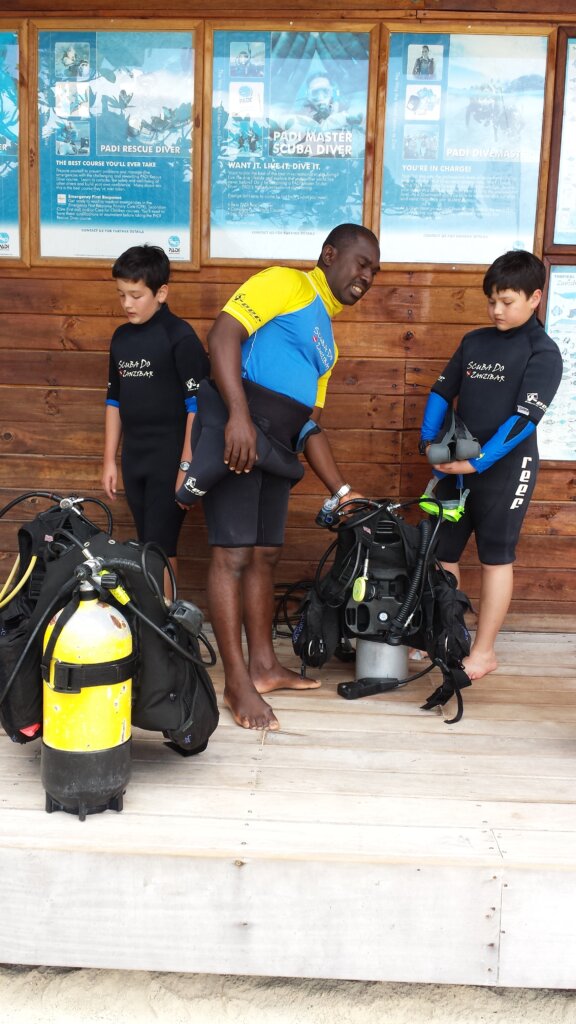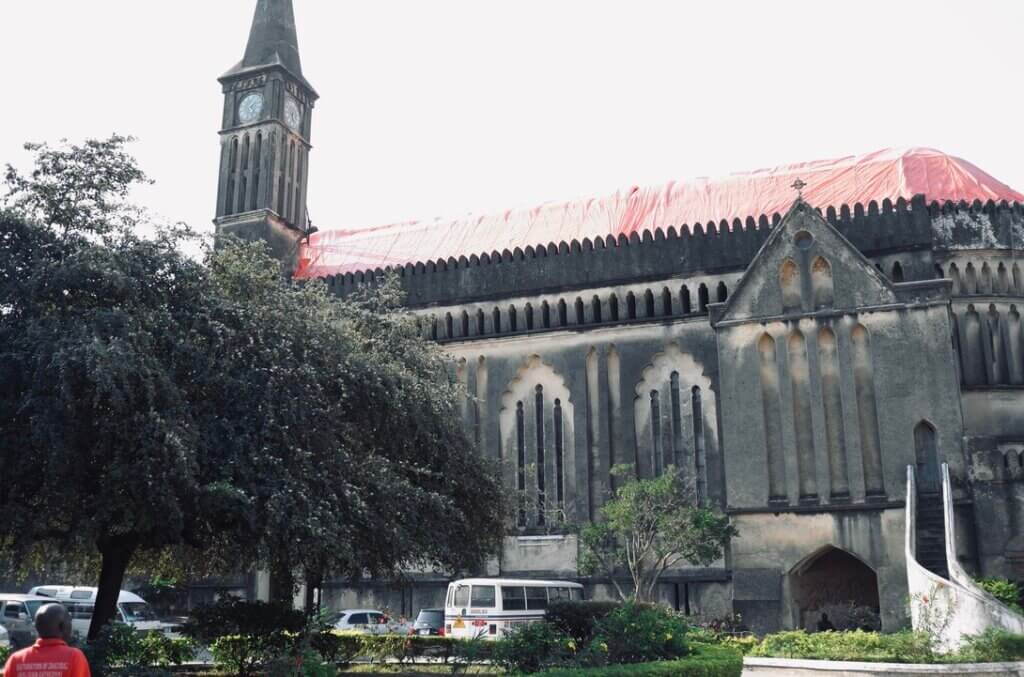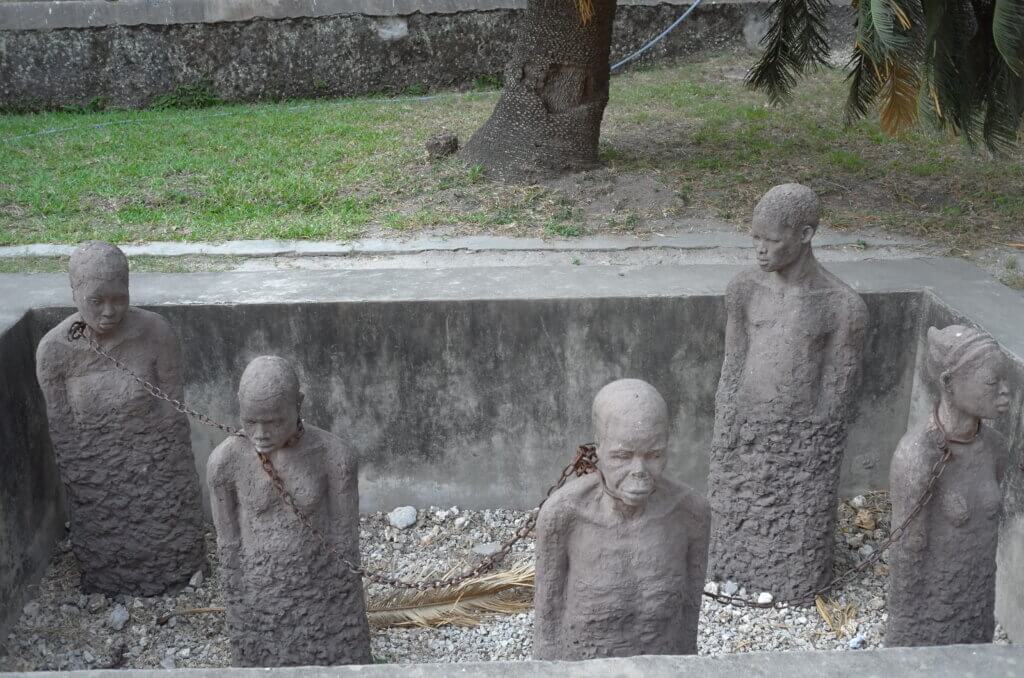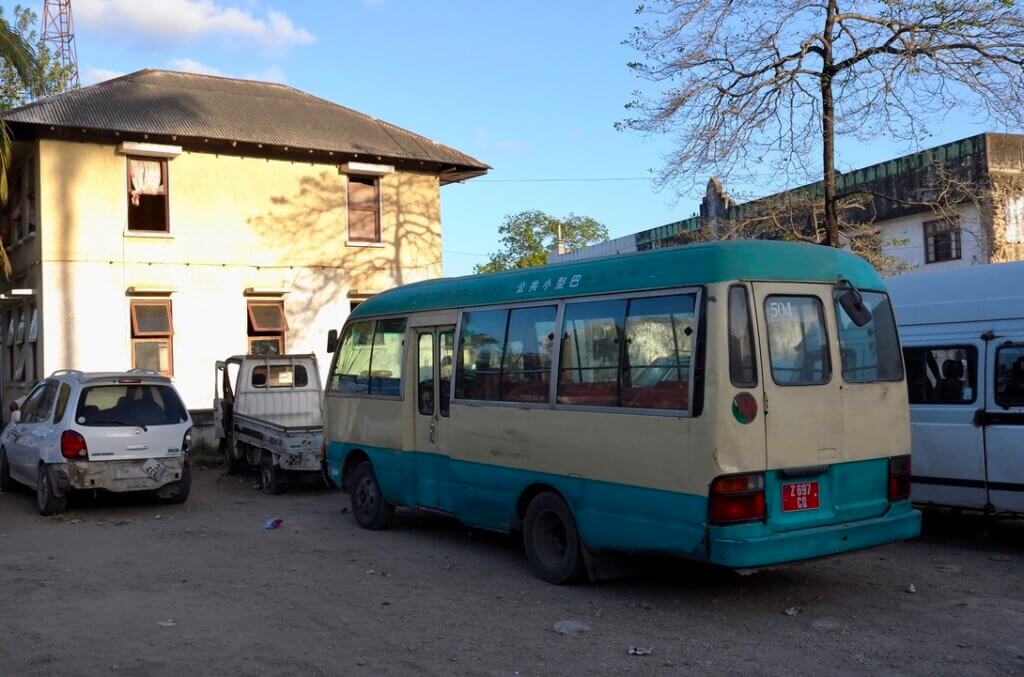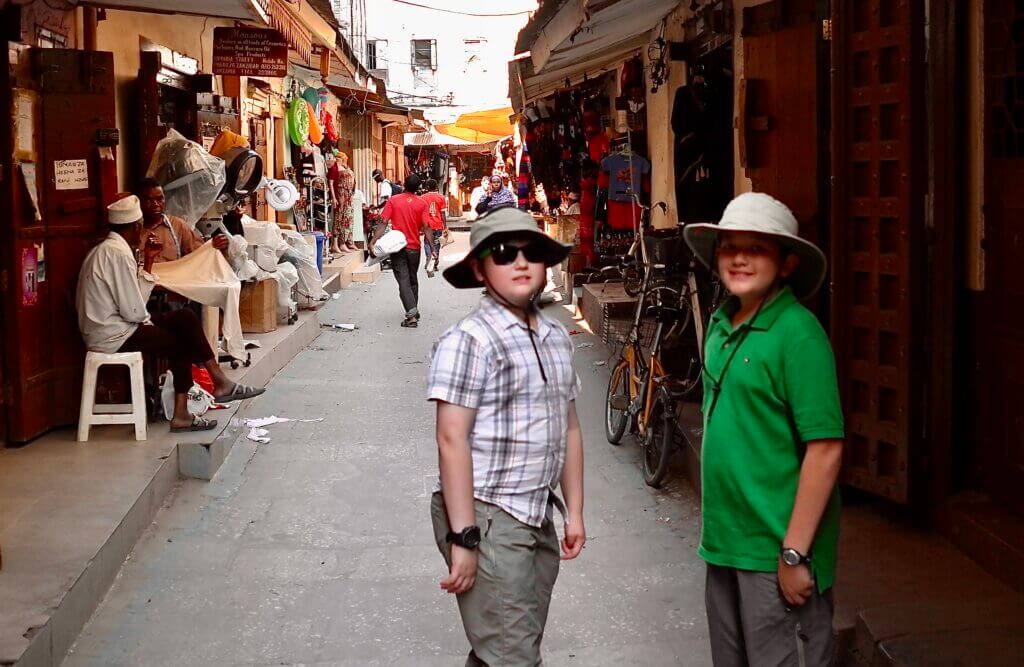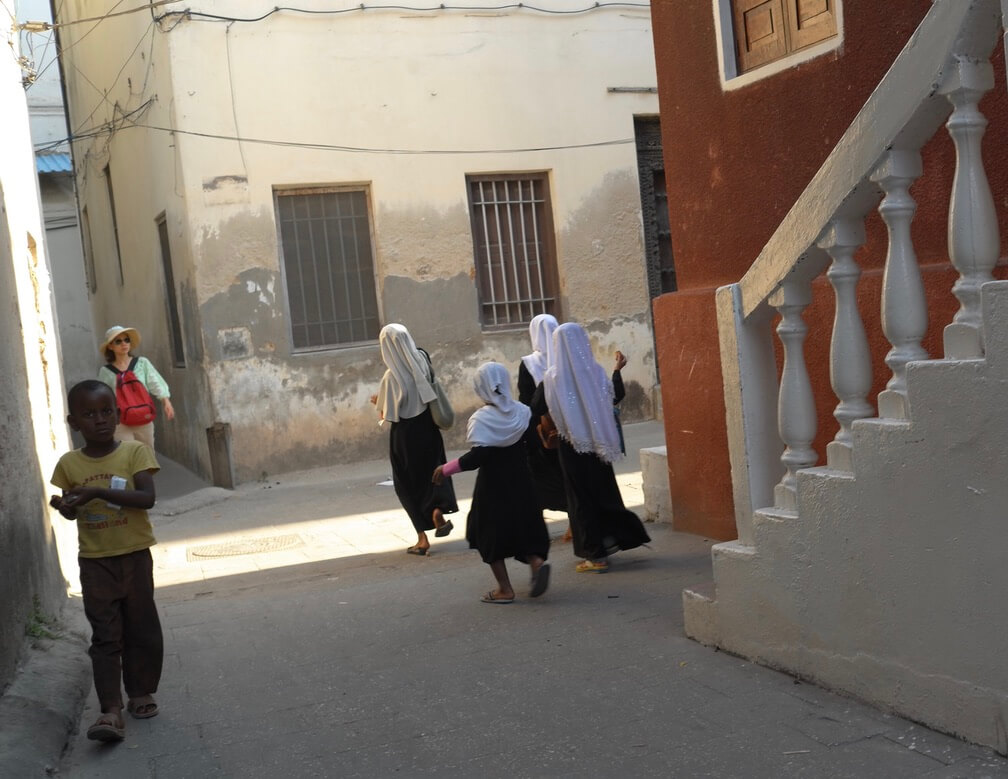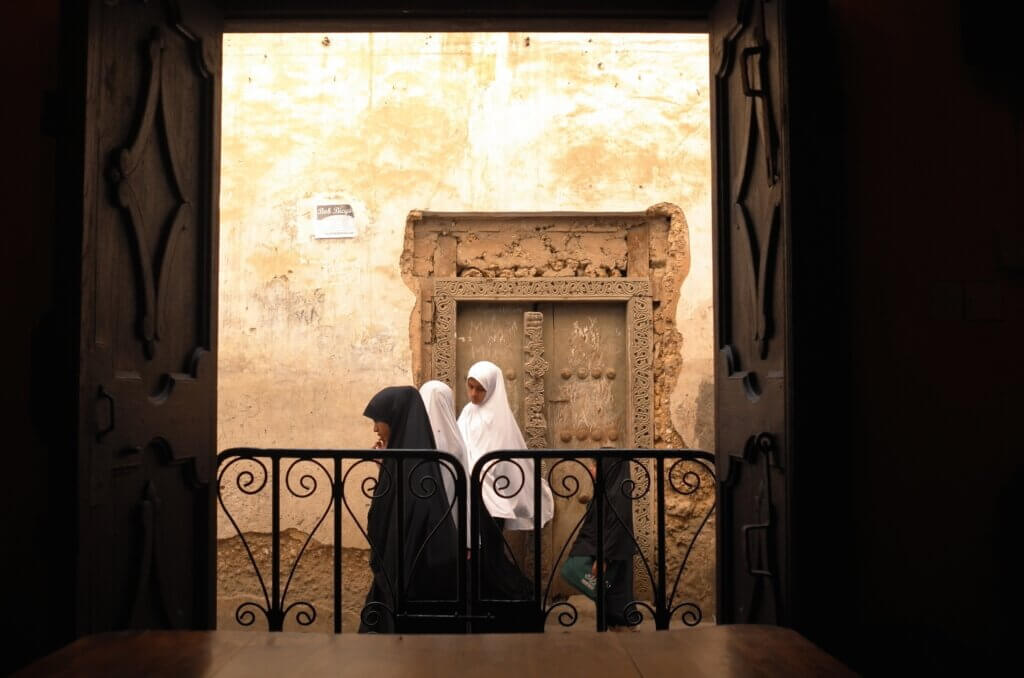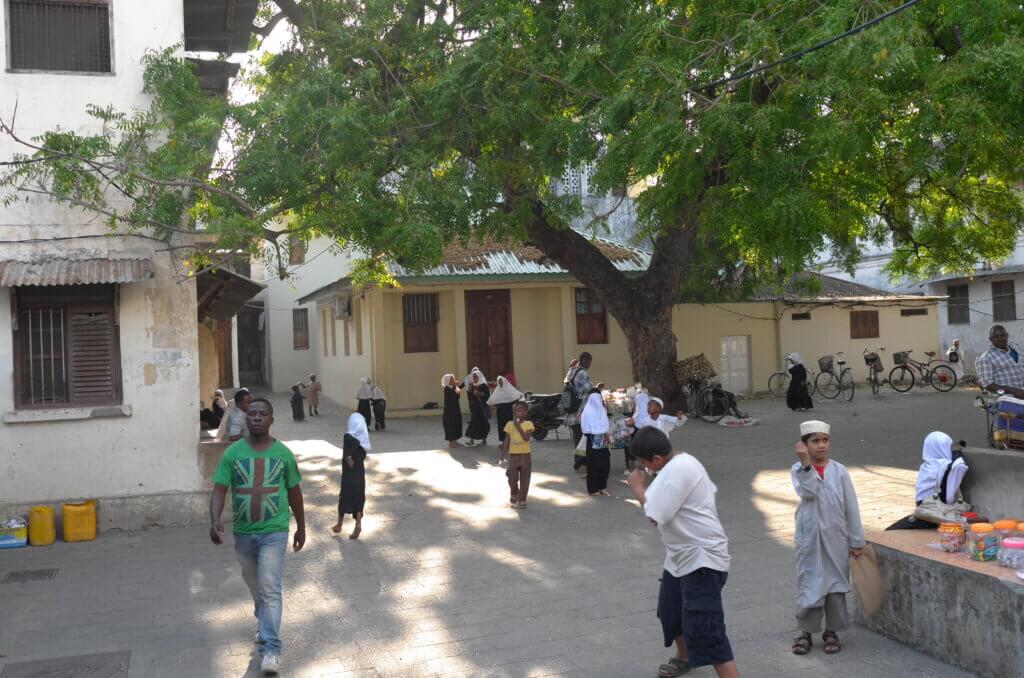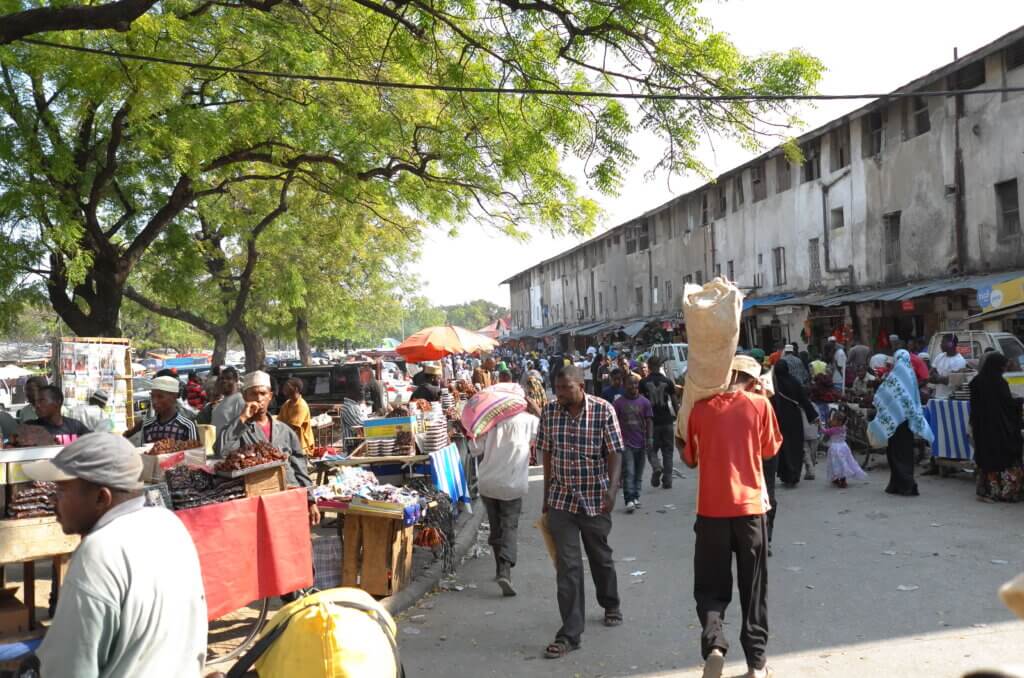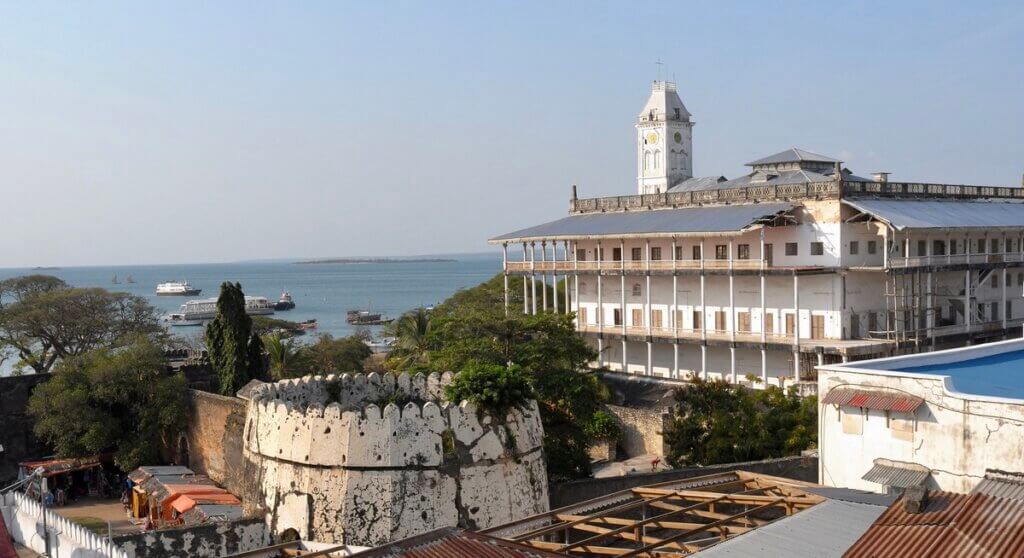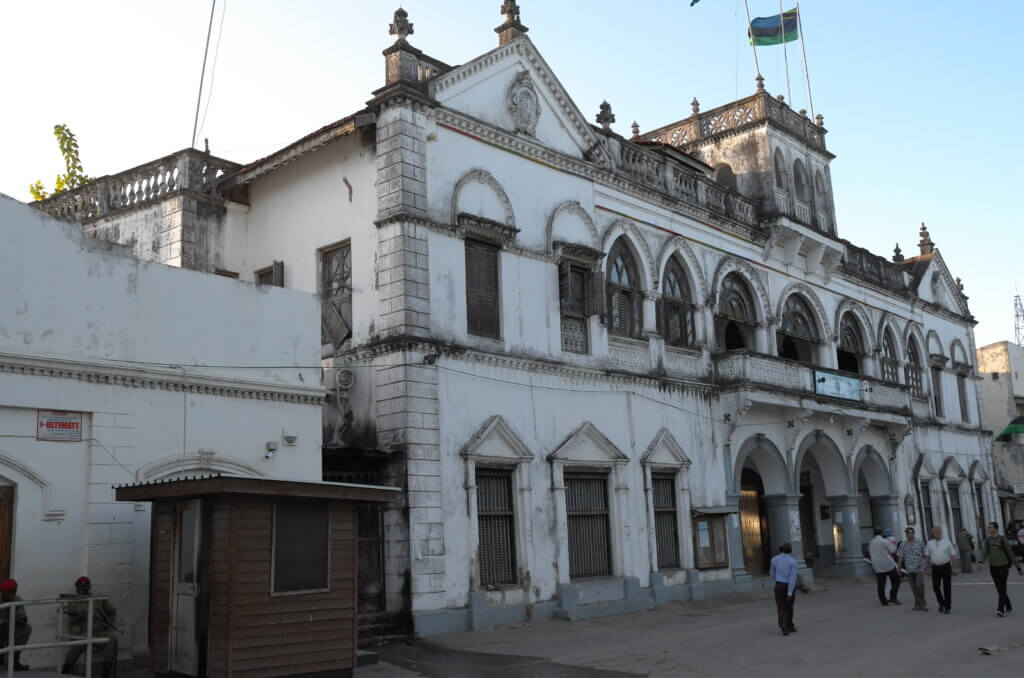Jetlag is the Great Motivator for exercising. And so Andre goes for another early morning run, on the beach, before the village comes to life and the tourists, well-fed and lobster-red, begin to trickle onto the beach like the tentacles of a gigantic, flabby jelly fish.
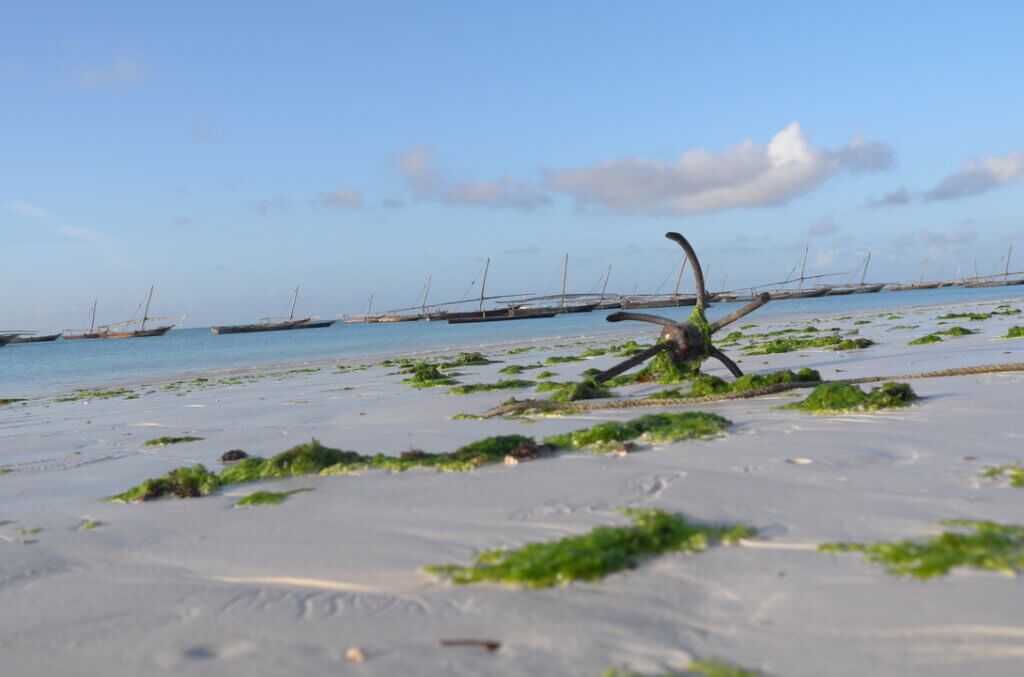
The tide is low, fishermen are coming back with the catch of the night and the beach seems imbued with a quiet sense of purpose.
There is nothing superficial about the beach at that time of the day when the workers of the sea have logged in another honest night’s work. Too busy or too tired to acknowledge the quiet runner in their midst.

